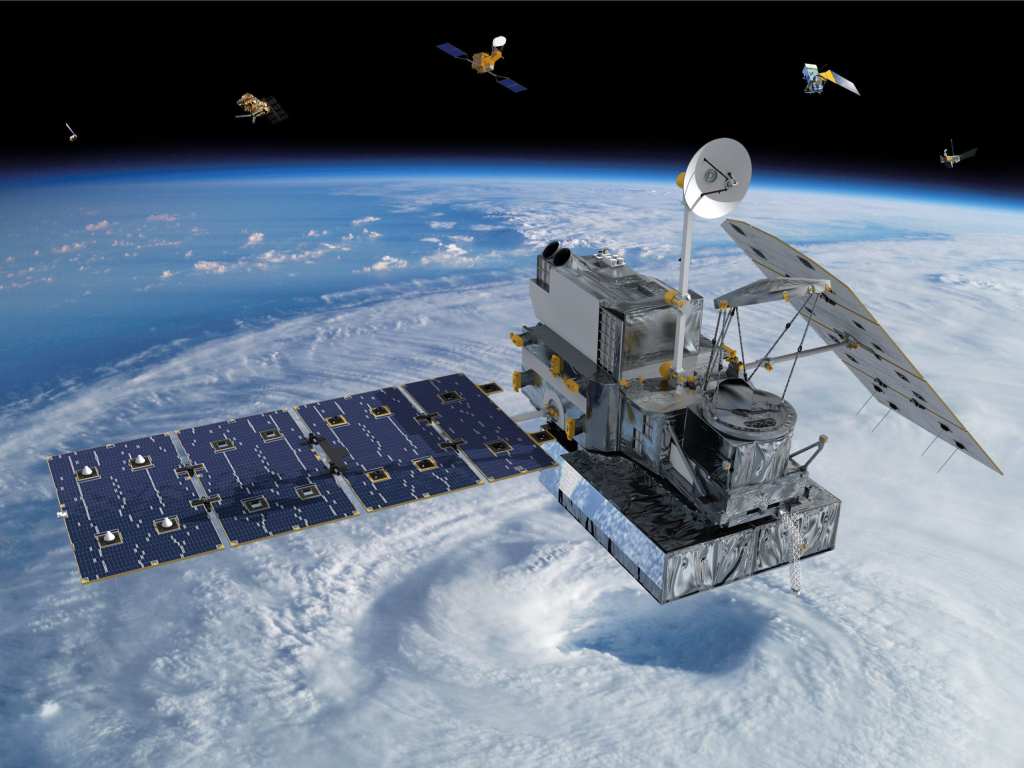Trending Now
For the foreseeable future, women will be playing huge leading roles at NASA, particularly in directing the agency’s incredibly important science missions. Three out of the four NASA science divisions are now run by women for the first time in the agency’s history.
Thomas Zurbuchen, associate administrator of NASA, recently tweeted the following:
“I am proud to say that for the 1st time in #NASA’s history, women are in charge of 3 out of 4 #NASAScience divisions. They are inspiring the next generation of women to become leaders in space exploration as we move forward to put the 1st woman on the Moon.”
NASA is planning to return to the moon by 2024 and has pledged that women will be a part of the mission. And here’s some more good news: the latest class of 12 astronauts features 5 women, so they are moving up the NASA ranks in every way.
Let’s meet three women who are now in charge of big operations at NASA.
Nicola Fox is the director of NASA’s Heliophysics division. Heliophysics is the science of trying to understand the sun.
NASA recently sent a probe into the sun’s outer atmosphere to try to understand how it behaves. The goal is to learn more about how solar radiation and solar storms affect electrical grids, satellites, and astronauts when they are in space.
Sandra Cauffman is the acting director of the Earth Science Division. Her mission: understanding our home planet.
Cauffman, who joined NASA in 1991, said,
“What we do in observing Earth as a system gives us the additional benefit of helping humans here on Earth survive hurricanes, tornadoes, pollution, fires, and help public health. Understanding the oceans, the algae blooms — all of those things help humans right here on Earth.”
The director of NASA’s Planetary Science division is Lori Glaze. The purpose of her division is to explore other planets.
Glaze has one of the most interesting tasks at NASA: to discover if there is other life in our solar system.
Glaze said, “It’s the most diverse group of people I’ve ever worked with and it’s the kind of place where you feel like everyone’s ideas are being heard; and really moving along and advancing our understanding in how we want to go about doing science at NASA. I think it’s a great place to be today.”
It’ll be interesting to see how the next half-decade plays out at NASA and if we do indeed return to the moon by 2024.
But one thing is for certain: women will be leading the charge.






